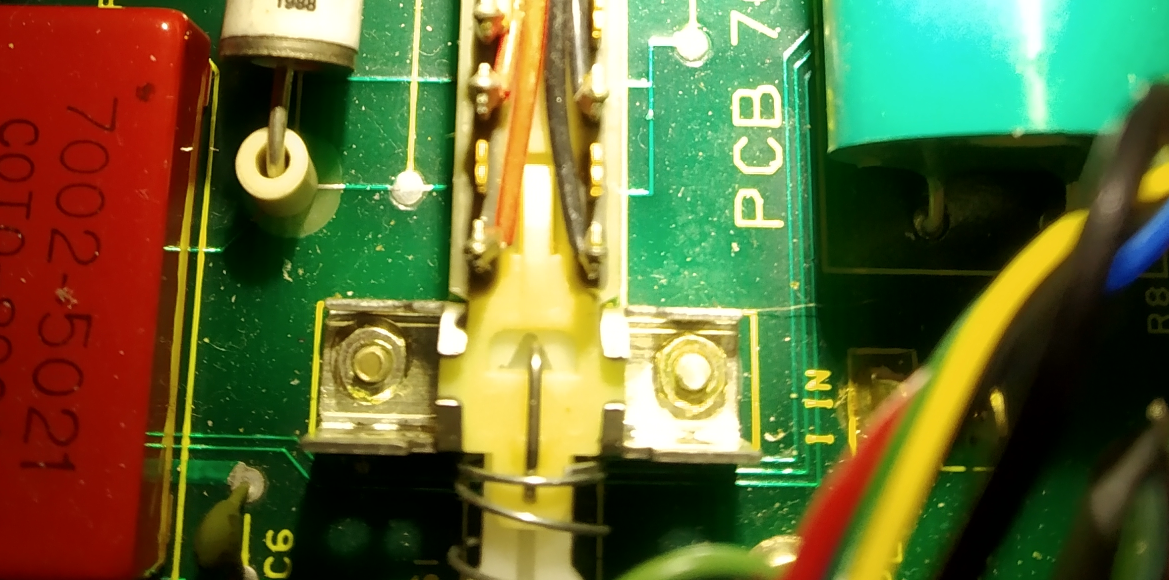Meanwhile, I've just got my meter back together after swapping out all the power supply capacitors. Thankfully, what I thought was a plated through hole that I'd damaged, was just a plug of solder which had pulled out from the hole, but I couldn't see that properly until I actually got the capacitor out.

I enlisted the help of my daughter to remove the rest of the capacitors so that I could use two soldering irons to melt the solder on both pins while she gave a gentle wobble and pull on the capacitor once I could see that the solder had melted. An extra pair of hands made the job so much easier!
So my 7061 now has a full complement of Nichicon electrolytics, except for the three 47uF ones on the digital board. Two of those 47uF capacitors are not actually used for smoothing, instead, they couple the AC input of one bridge rectifier to the AC input of another bridge rectifier. (see below)

As these capacitors are not for smoothing, I bought the original Panasonic parts which are specified in the parts list. They have a much higher ESR than the ones which were fitted, but given the unusual use, I decided to trust the Solartron engineers on this one.
The rest of the electrolytics I used are all 105°C rated Nichicons. I took a higher temperature rating than the ones which were there knowing how hot it can get inside that case. The smoothing capacitors for the digital board are right next to the very hot transformer, so it seemed sensible to chose capacitors with a higher operating temperature.
The analogue board was really dirty when I looked at it close up...

This kind of dust and grime was everywhere on the top and bottom of the board - hardly something you want in a circuit where input impedances are in the gigaohms range!
So, after replacing the capacitors, both boards were thoroughly cleaned with isopropyl alcohol a brush and cotton buds with particular focus on the analogue board. Both are now sparkling on both sides.


The meter is now fully cased again and warming up. I'll let it soak overnight and tomorrow I'll run some noise measurements and have a look at how well it reads very high resistances as well.